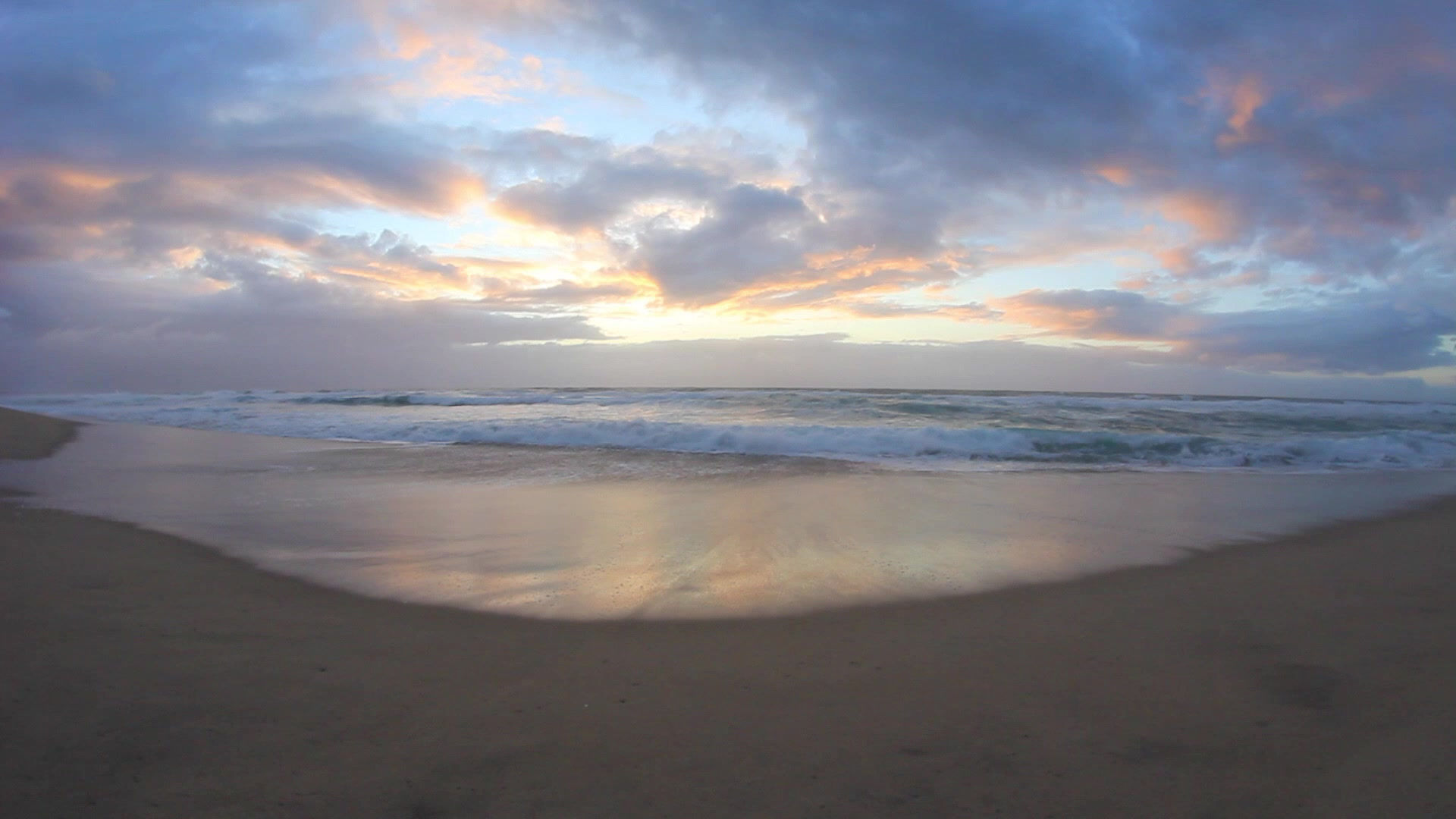Focus On: The Front Kick (Mae Geri)
- Sheryn Gung

- Apr 2, 2019
- 2 min read
The "Focus On" series of posts details some poignant advanced lessons and explanations from our martial arts teacher, Kyoshi James Sumarac.
"Effective combat is 70% strategy, 30% technique," Kyoshi James says. "If you train like this, your technique will automatically improve."
While technique is crucial, elements of strategy such as focus, timing and distancing all contribute to the successful execution of technique and ultimately, effective self-defense. After all, there's no point delivering a perfectly poised and powerful punch if you're too far from your opponent, or if he can too easily see it coming.

Two methods of executing a front kick (mae geri), are "stabbing" and "thrusting". The mae geri you choose depends on your intent and strategy. The first is the most widely used in Traditional Goju Ryu: a stabbing front kick. The knee is not lifted too high and the trajectory is almost a sweeping arc along the ground. The ball of the foot stabs up into the opponent, whether it be at the shin, thigh, groin or stomach. Because of the way this kick is delivered, the opponent buckles over. This offers ample opportunity for controlling the head or upper body through takedowns, chokes, etc. This is true close-quarter combat, the essence of Goju Ryu.
The stabbing front kick is especially effective in keri sabaki techniques which involve moving in various directions in relation to the opponent and kicking. It is also the first kick featured in Sepai Kata. As mentioned above, because the opponent buckles over from this type of kick, it makes sense to move back in subsequent techniques, grabbing the attacker and drawing her in. Hence, after this kick in Sepai Kata, you immediately step back into shiko dachi and deliver a roundhouse elbow strike (aimed at the head).
A thrusting front kick features a higher knee lift and pushes the opponent back. It is not as "sneaky" as the stabbing front kick, but is the front kick of choice in situations where you don't have the liberty, time or desire to keep controlling or subduing the opponent. For example, there may be multiple attackers or it may be a pure self-defense situation that's highly dangerous. A thrusting front kick is the first kick featured in Suparinpei Kata (after Shisochin no Kamae). Because this kick pushes the attacker back, it makes sense to move forward in subsequent techniques (assuming you wish to continue striking). For this reason, you step into shiko dachi in the next move of Suparinpei Kata.





Comments